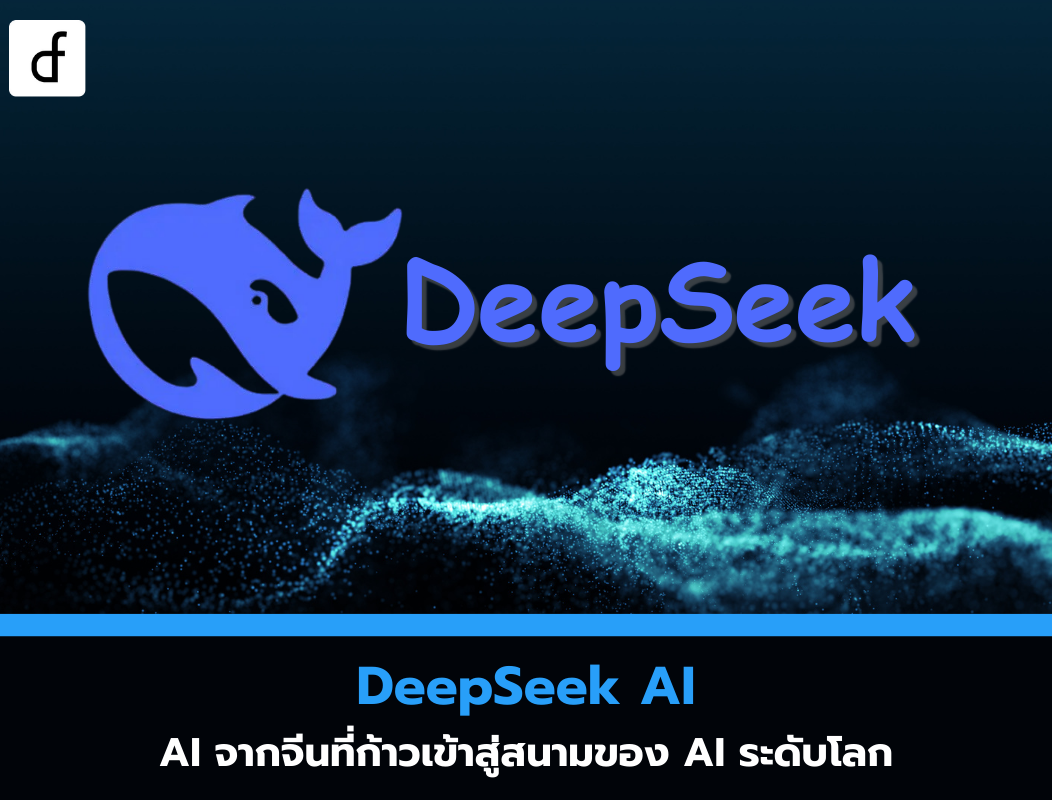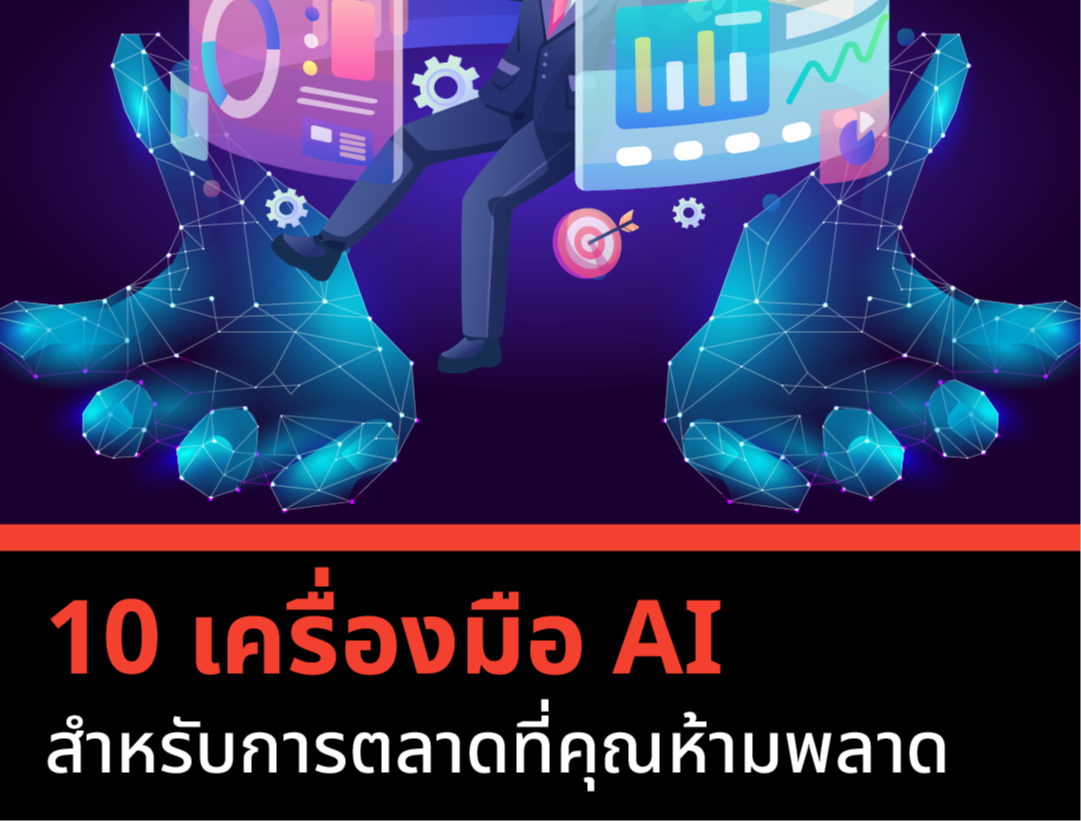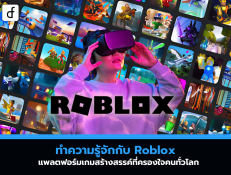
10 artificial intelligence training datasets
2024-04-25 09:31:48

The advent of AI technology plays an important role in facilitating life. Until this technology can be expertly processed, algorithms will be trained on a wide range of high-quality data sets to enable accurate classification and analysis. Currently, there are many collections of quality datasets that can be trained for AI to work efficiently. The top 10 are:
1. Microsoft COCO
It is a dataset regarded as a standard in the developer community. The data within the collection covers a large number of labeled images. It is designed to facilitate research on object recognition, segmentation, and image captioning. It pushes the boundaries of visual understanding and promotes innovation in computer vision algorithms.
Within the dataset, there are 330K images (>200K labeled) with 5 captions per image. The dataset contains 1.5 million object instances and 250,000 people with key points. More than 80 classes can be used for object segmentation. And object recognition can be used for both commercial and research purposes.
2.CIFAR-10 and CIFAR-100
This dataset, short for the Canadian Institute For Advanced Research, is a dataset consisting of a diverse collection of images collected specifically to train machine learning and computer vision algorithms. It is considered to be another quality data set that is widely used.
It serves as a benchmark for many experiments and evaluations. Used to classify images Within the dataset there are 60,000 color images (32x32 pixels), divided into 50,000 training sets and 10,000 test subsets. The dataset contains 6,000 images per class, with CIFAR-10 and CIFAR-100 differing in the number of classes. At CIFAR-10 there are 10 classes and at CIFAR-100 there are 100 classes.
3.ImageNet
It is big data mining that is changing the field of vision of AI, with more than 14 million labeled images spanning over 1000 object categories. The dataset's sheer size makes it a development resource. Classify images Object detection and the task of understanding images
ImageNet Large Scale Visual Recognition Challenge (ILSVRC) has become the most popular subset consisting of 1.3M training, 50,000 validation, and 100,000 test images, but this dataset is unavailable. commercially available
4.YouTube-8M
It is a dataset for classifying images in videos. action recognition Video classification The dataset itself contains 6.1M video IDs, 350,000 hours of video, and 2.6 billion video and audio features. Presentation dataset It's a comprehensive collection that helps researchers tackle tasks like video classification. Video summary and recommending content The enormous size and rich diversity of this dataset make it an invaluable asset for developing and training deep learning models.
This data set can be used for commercial use, modification, and distribution. Use of patents for personal use
5. IMDB-WIKI
A dataset for researchers and developers used in facial recognition and age prediction. This dataset combines images from IMBb and Wikipedia, making it a large collection of age-, gender- and demographically-labeled facial images.
The dataset contains more than 500,000 images with age and gender labels. And there are over a thousand classes. It may be used for non-commercial use only.
6.CityScapes
It is a dataset designed to evaluate the performance of vision algorithms in understanding urban scenes. Active research is supported by annotated and non-annotated data used to train AI models. The data consists of various stereo video sequences recorded in street scenes from 50 City with pixel-level annotations for 5,000 frames and additional weak annotations for 20,000 frames.
Within the dataset, more than 50 cities, 25,000 images, and 30 classes can be used to train the understanding of urban scenes in a non-commercial manner.
7. Fashion-MNIST
A fashion dataset created by Zelando that includes over 70,000 black and white clothing images within the collection. It is designed to replace the original MNIST dataset to help researchers compare machine learning algorithms using Zalando's equivalent image size and training and testing splits. MNIST information
Within this collection, there are 70,000 grayscale images (28x28 pixels), and 10 classes designed for image classification. It can be used for both commercial and non-commercial use.
8. MNIST
It is a database of handwritten numbers. Within the set, there is a training set of 60,000 samples and 10,000 samples as a subset of the larger set from NIST. The numbers are normalized and centered on a fixed-sized image. It is designed to be a database for trying out learning techniques and pattern recognition methods on real-world data.
The set contains 70,000 black and white images (28x28 pixels), divided into 60,000 training sets and 10,000 test subsets. Ten classes are used in handwriting recognition. Image classification It can be used for both commercial and non-commercial use.
9. MPII Human Pose
The dataset is a leading benchmark for evaluating explicit human pose estimation. Within the collection, pictures show different activities. of humans daily covering over 410 different activities, each image is labeled accordingly. The dataset consists of images extracted from YouTube videos, along with unannotated preceding and following frames.
The dataset contains 25,000 images extracted from online videos with 40,000 annotated body joints and over 410 classification classes for use in human pose estimation or accident detection. Importantly, it can be used for free for both non-commercial and commercial purposes.
10. Celebi
It is a large dataset with a collection of over 200,000 celebrity images along with 40 annotations, and images with various poses, backgrounds, and numbers. designed to train face recognition and detection Landmark transformation and fix fever or facial synthesis
The set contains more than 200,000 images with 40 attribute annotations (10,177 IDs, average of 20 images per ID with 5 landmarks), and 10.177 classes, but can only be used for non-commercial research purposes.
Leave a comment :
Recent post

2025-01-10 10:12:01

2024-05-31 03:06:49

2024-05-28 03:09:25
Tagscloud
Other interesting articles
There are many other interesting articles, try selecting them from below.

2024-01-23 02:08:13

2023-09-20 03:17:25

2025-05-30 03:20:39

2024-12-03 02:23:23

2025-04-02 01:32:29

2024-11-25 03:46:59

2024-10-10 10:32:48


